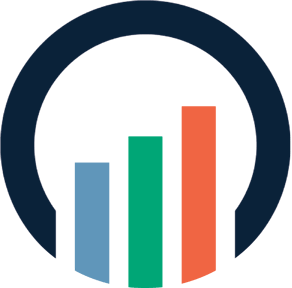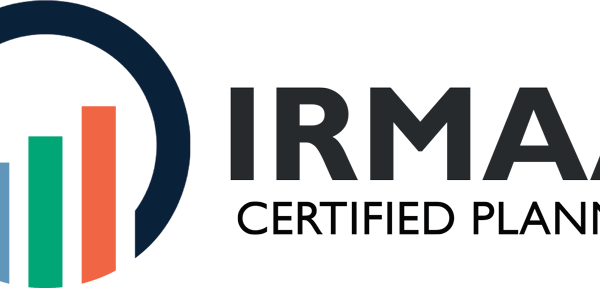Been told by everyone under the sun that when it comes to retirement you should, if you can, maximize Social Security?
Well, the reality is that you probably shouldn’t, and the reasons are based on 2 things specifically, which are:
- The Federal Regulations regarding Social Security benefits.
- How you saved for your retirement, which ties back to reason #1.
1) The Federal Regulations regarding Social Security benefits:
- Your Social Security benefit can be taxed.
- If your “income” while receiving Social Security benefits, as an individual, is between $25,000 and $34,000 up to 50% of your Social Security benefit can be taxed.
- If your “income” while receiving Social Security benefits, as an individual is over $34,000 up to 85% of your Social Security benefit can be taxed.
- Income to determine how much of your Social Security benefit will be taxed is:
- Adjusted gross income plus Tax-Exempt Interest plus ½ Social Security benefit.
If you maximize your Social Security benefit, you are, in reality, inching yourself closer and closer to the real possibility of that benefit being taxed, which is not very good for your income or health…believe it or not.
Why maximizing your Social Security benefit is bad for your healt
- To receive any Social Security benefit, you must accept Medicare Part A when eligible
- Eligibility starts at age 65 and when you no longer have creditable health insurance.
- Medicare has other Parts, B and D, that you must enroll or face late penalties.
- Medicare Part B and Part D premiums are based on your income through IRMAA
- Medicare’s Income Related Monthly Adjustment Amount uses your income to determine your Part B and D premiums
- The more income you generate in retirement that is visible to the IRS the higher your Medicare premiums will be.
- Income for IRMAA is defined as:
- Adjusted Gross Income plus Tax-Exempt Interest plus Taxable Social Security benefits.
- Your Medicare premiums and any surcharges due to IRMAA are automatically deducted from your Social Security benefit.
- The higher your Medicare costs, the lower your Social Security benefit.
2) How you saved for retirement
Knowing the above Federal Regulations, if you have saved for retirement with investment vehicles like a Traditional 401(k), IRA, or 403(b) there may be issues, especially if you maximize your Social Security benefit, later on in retirement.
With tax-deferred investments like a Traditional 401(k) you delay paying taxes on your income today and agree to pay them later when you make a distribution.
Unfortunately, for the majority of those who do invest into tax-deferred vehicles at the age of 72 they, by law, must make a required minimum distribution (RMD) from those types of accounts.
This RMD will count towards a person’s AGI which will then be added to ½ of their Social Security benefit. Depending on how much the RMD is, which is determined by how much was actually saved, this may vault most retirees’ income over that $34,000 limit.
Tax deferral plus a maximization of Social Security benefits will lead, eventually, to paying taxes on your Social Security benefit.
Compounding the problem of maximizing Social Security benefits further is the fact that taxable Social Security benefits are added back to those RMDs to determine if a person will reach an IRMAA Threshold.
Unfortunately once RMDs start they will continue each year and may even become greater too. RMDs will not stop until there are no longer any assets in any tax-deferred vehicles a person may have.
Depending on how much was saved in an investment vehicle like a Traditional 401(k) and what a person’s Social Security benefit will grow to over time there is a distinct possibility, for many, that they will reach an IRMAA Threshold in retirement.
Tax deferral plus a maximization of Social Security benefits will lead, eventually, to not only paying taxes on your Social Security benefit, but also paying higher Medicare premiums due to having too much income.
Once a person reaches an IRMAA Threshold their Medicare Part B and Part D premiums will increase due to the surcharges. This increase, as well as the premiums for Part B and D, will reduce their Social Security benefit further.
Because of people’s willingness to receive a tax break today, while also trying to maximize Social Security benefits, they will in turn raise their taxes, increase their Medicare premiums and reduce their Social Security benefit…and yes, this all federal law.
Now, for those who opt to invest with a Roth 401(k), IRA or 403(b) maximizing Social Security benefits becomes a much simpler decision as Roth accounts do NOT count towards AGI.
By investing with a Roth Account you will pay taxes, while you are working and they are affordable. This will result in there being no RMD’s later on. When or if you do take any money out of that Roth it will not count as income towards IRMAA or even your taxes.
Roth Account withdrawals do NOT count towards AGI.
So, if you want to maximize your Social Security benefit make sure your retirement savings are in a Roth 401(k)/IRA/403(b). Another solutions is to simply own life insurance and forget about IRMAA altogether. With Life Insurance the cash value does not count towards IRMAA too.
If you want to maximize Social Security investing into Traditional 401(k) or IRA is not the wisest decision. It will lead to:
- The taxation of your Social Security.
- Which will lead to higher Medicare premiums.
- That will result in much lower Social Security benefits as you age.
Before making any decision on income in retirement, because of these federal laws, please speak with a Certified IRMAA Specialist to plan for your future



